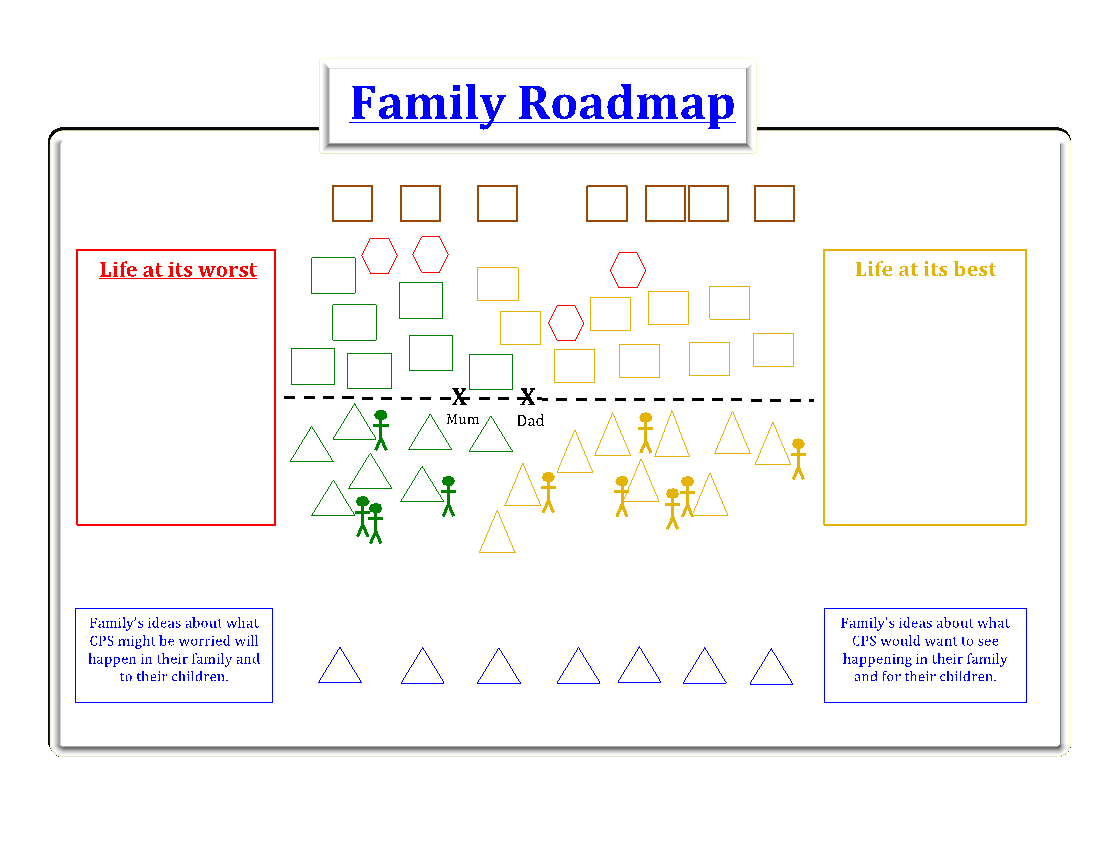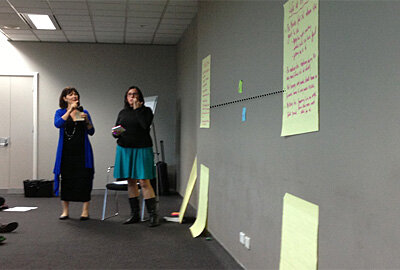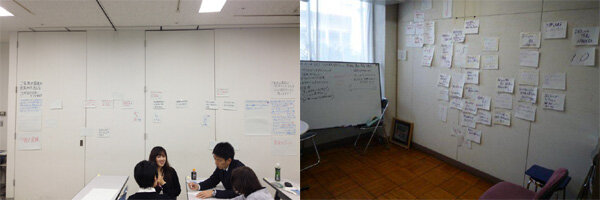Family Roadmap
Hi and thank you to Rikke and Anne-Marie for welcoming me as a guest blogger. My name is Sonja Parker and I am an independent social worker, teacher and child protection consultant from Perth, Western Australia. I am very privileged to be able to work with child protection practitioners and organisations from around the world, providing consultation and training in family and safety-centred approaches to child protection practice. I also work directly with families, providing independent child protection services and rigorous safety planning in high-risk cases and situations of ‘denied’ child abuse.Through my work with families and my training and consultation with agencies and practitioners, I have developed a number of tools, processes and resources that I hope will assist child protection professionals and family members in working together more effectively to build future safety for children. A process that I have recently developed is the “Family Roadmap” and this is the process that I would like to share with you today.The “Family Roadmap” is a participatory and collaborative assessment process that has been designed to help professionals and parents/safety network members talk more openly together about what is happening in the family and what needs to happen in the future for the children to be safe. This collaborative assessment process creates a foundation of shared understanding that is necessary to then be able to work together to develop effective safety plans for children.The “Family Roadmap” is created on a wall, a large table or on the floor: what’s important is that everyone can see everything that is being recorded in the ‘roadmap’ so that they have the greatest possible opportunity to participate in the process. This high level of participation is the other key characteristic of the “Family Roadmap” process, as family members are actively involved in writing and creating the ‘roadmap’. The ‘roadmap’ process starts by asking the family to describe a vision of what family life is like (or would be like) at its best, and this is written on a large sheet of paper and put up on the right hand side of the wall (or table). After the family have described a rich picture of life at its best, it is then often easier for them to be open in identifying what family life is like (or has been like) at its worst, which is the second step in the Family Roadmap process.For readers who are familiar with the Partnering for Safety approach or the Signs of Safety approach, you will recognise the connection between safety goals and ‘life at its best’ and between danger statements and ‘life at its worst’. Once family members have identified their own views, they are invited to think about the views of child protection services (CPS) and anything new that is identified is added to the family’s views.These two descriptions (family life at its best and family life at its worst) are then placed a distance apart on the wall or the table and a scale is created between these two positions.
The ‘roadmap’ process starts by asking the family to describe a vision of what family life is like (or would be like) at its best, and this is written on a large sheet of paper and put up on the right hand side of the wall (or table). After the family have described a rich picture of life at its best, it is then often easier for them to be open in identifying what family life is like (or has been like) at its worst, which is the second step in the Family Roadmap process.For readers who are familiar with the Partnering for Safety approach or the Signs of Safety approach, you will recognise the connection between safety goals and ‘life at its best’ and between danger statements and ‘life at its worst’. Once family members have identified their own views, they are invited to think about the views of child protection services (CPS) and anything new that is identified is added to the family’s views.These two descriptions (family life at its best and family life at its worst) are then placed a distance apart on the wall or the table and a scale is created between these two positions. The Family Roadmap process then involves identifying:
The Family Roadmap process then involves identifying:
- Where each family member views the family as being right now (on the scale between life at its best and life at its worst).
- What the family are already doing that has them this far along the scale (this far along the road to ‘life at its best’).
- What or who has helped the family to achieve these things (including what CPS might have done that has helped them to achieve these things).
- What obstacles or road blocks they have had to overcome to achieve these things and be this far along the road.
- What each family member things would be different in the family if they were one step further along the road toward ‘life at its best’.
- Continuing to identify what would be different until each family member has worked out all the steps along the road to ‘life at its best’.
- What or who could help them to achieve these things (including what CPS could do to help them achieve these things).
- What roadblocks or obstacles they anticipate they could encounter and what they could do/what support they might need to overcome these obstacles.
- For each section of the roadmap (what is already happening and what needs to happen), the final stage involves asking the family to think about how CPS know or could know that these things are happening (monitoring).
As each piece of information is identified, the family are invited to write this on a piece of paper and to stick it on the wall (or the facilitator can write it on the wall). The ‘Family Roadmap’ booklet contains a detailed description of each part of the ‘roadmap’ process and suggested questioning that can be used within each part of the process. Connections between the “Family Roadmap” and Safety Planning
Connections between the “Family Roadmap” and Safety Planning
- The ideas that the family and CPS have expressed within the “Roadmap” form the basis for the safety plan. The statements of future danger (life at its worst) and safety goals (life at its best) provide the direction for the safety plan.
- What the family are already doing that is helping to achieve safety for the children and what they will do in the future to move further toward the safety goals (life at its best) provide the beginning details for the safety plan. These ideas/actions are expanded on in greater detail during the safety planning meetings (and written as clear statements in language that the children can understand).
- The details from the roadmap about how CPS (and others) will know these things are happening (how the safety plan will be monitored) are explored in greater detail during the safety planning meetings and are included in the safety plan.
- The details from the roadmap about who will be involved to help the family achieve these things (safety network people), and what they will do to help, are also included in the safety plan.
- The “Roadmap” can then be used as a working document over time to continue to scale everyone’s views on progress toward the safety goals (life at its best), to reflect on what is happening that has people this far along the road and what needs to happen next for the family to continue moving closer to the destination of safety for the children.
I am in the process of writing the Family Roadmap process up in greater detail, which you will then be able to access from my website: spconsultancy.com.auWishing you all the best in your work with families.Sonja Parker
